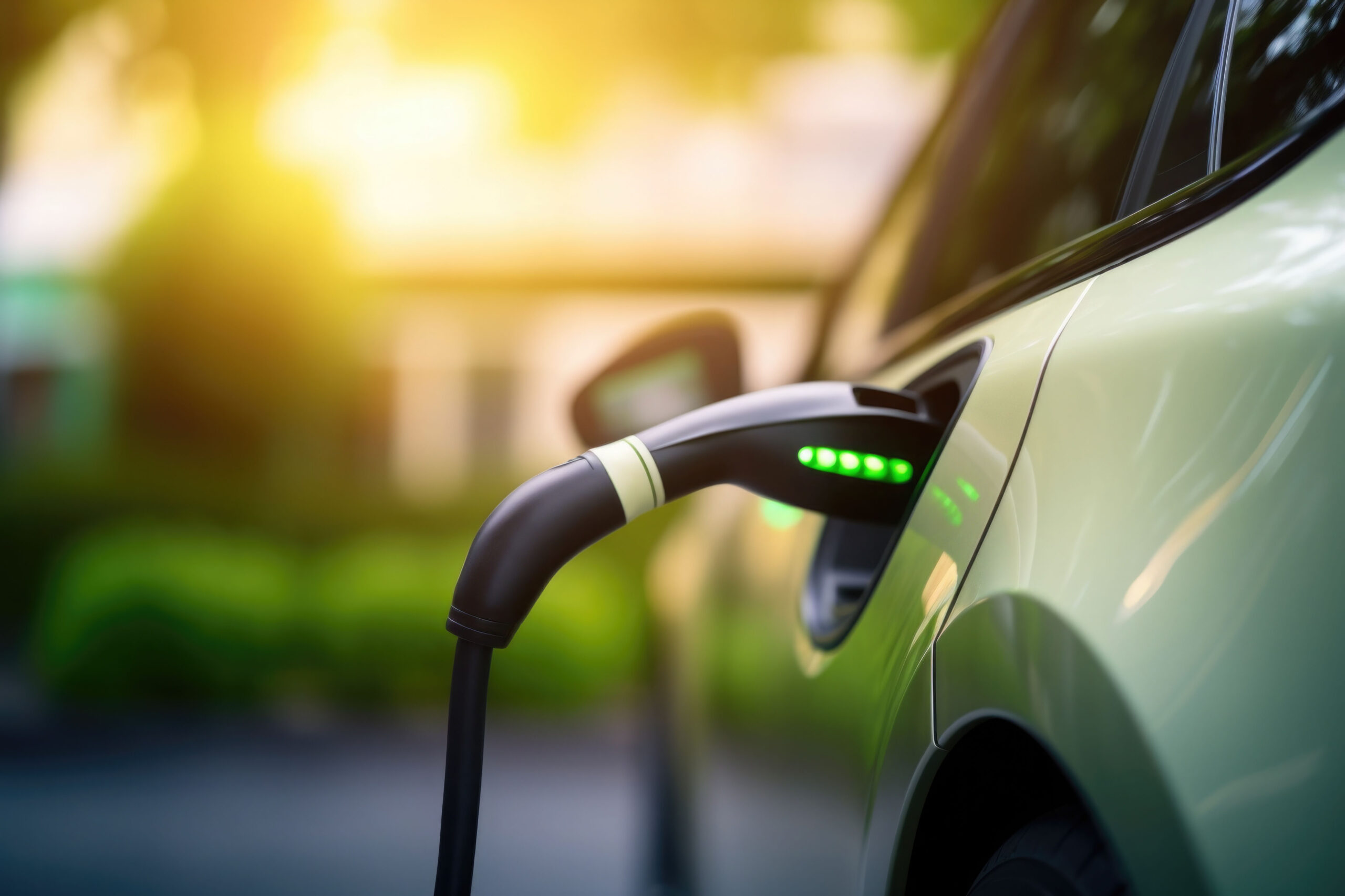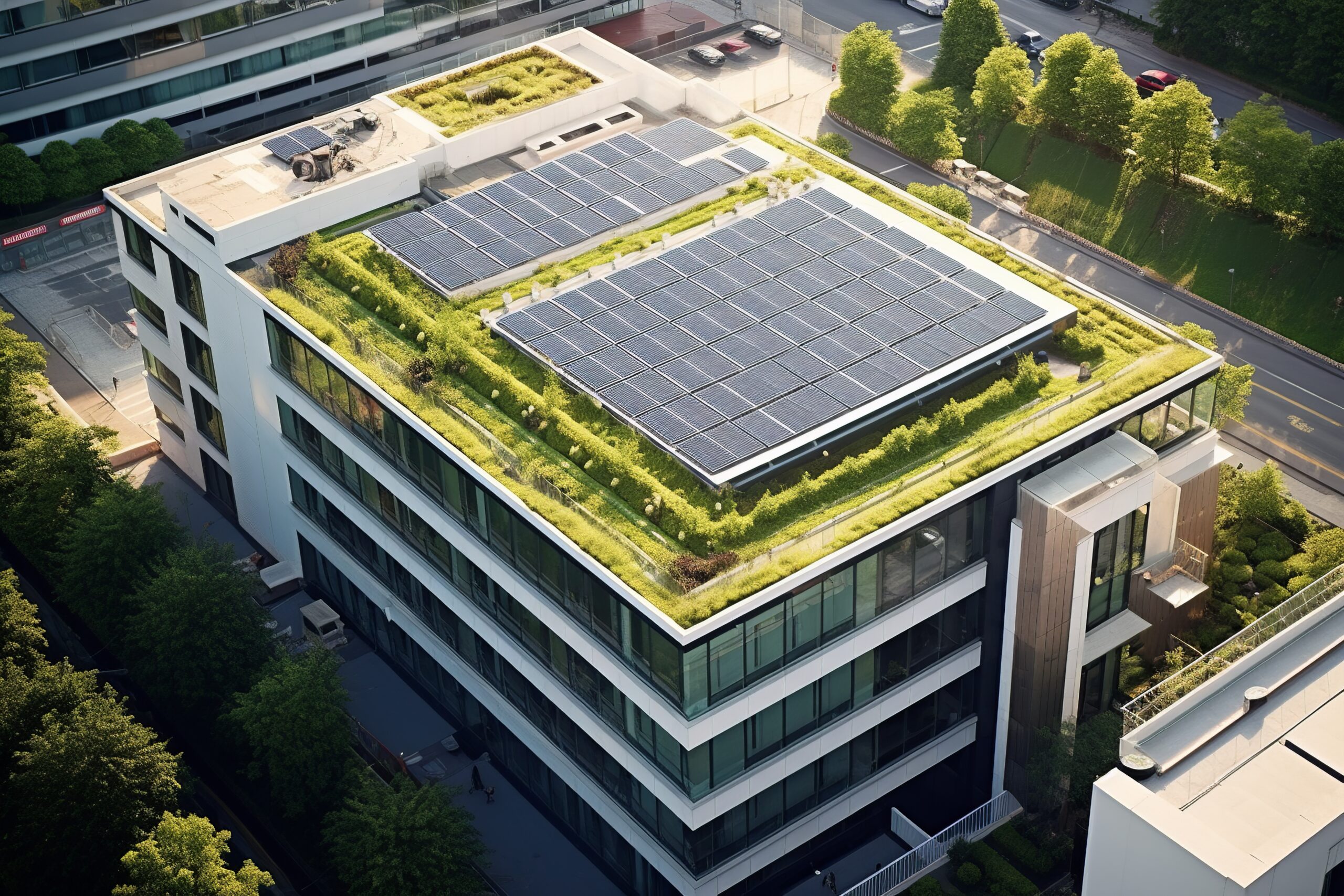
5G: a key to the smart city
Beyond its role as a source of optimization for the industrial sector, 5G is being presented as an asset for cities that want to take digital technologies to the next level. The fifth generation of mobile communications should be able to support up to 1 million connected objects per square kilometer, ensuring levels of connectivity, flexibility and reliability that had never been reached before.[1] In addition to improving city-dwellers’ quality of life, the new frequency should help to optimize urban mobility and street furniture thanks to the rise of new technologies integrated into an interconnected ecosystem.
Optimizing urban mobility
How can we exploit the full potential of train stations as cities’ nerve centers? To make these transportation areas smarter and improve users’ comfort, certain urban mobility players have already bet on 5G with promising results. Among others, we are referring to SNCF (the French National Railway Company), which is already conducting experiments in Bordeaux, Lyon and Rennes,[2] inviting users to test instant downloads of tv shows before boarding their train. Also, test cases using augmented reality and video chats in mixed reality are also on the rails. For Sébastien Kaiser, Networks & Connectivity Director at e.SNCF, “by design, 5G is centered on industrial usages, offering greater bandwidth, very low latency and a very high density of connection”. With such performance, the fifth generation has everything going for it to become the “spine of the smart city”, as Pierre Fortier, Vice President of Capgemini Invent, said.
Boosted by 5G, the smart city is now able to offer optimized services to improve city-dwellers’ comfort while reducing their environmental footprint. MIT Senseable City Lab in New York took up this lever to improve the management of the city’s taxis using an interactive and smart data visualization of shared journeys.[3] The result? The fleet was reduced by 40% without harming user comfort. Like New York, many cities are adopting 5G in full awareness of its potential. To help reduce traffic jams, Singapore is using the technologies alongside sensors installed on taxis and has deployed a series of smart security cameras. Several towns in Spain have also adopted a system to synchronize traffic lights to prioritize ambulances and allow them to move more smoothly.
Behind the Digital City Pole project,[4] Belgium saw in 5G and IoT (Internet of Things) an efficient way to improve quality of life, strengthen data security and encourage business development using existing facilities. The city of Leuven deployed the new frequency alongside Nokia to interconnect public services. For example, the city’s streetlights have been transformed into smart installations with a wireless network and high-performance sensors to provide residents with charging points for their electric vehicles. Now, the traditional streetlight can be transformed into a smart infrastructure according to users’ needs. While 5G considerably improves the performance of traditional city installations, residents can enjoy optimized and sustainable public services without having to completely replace the city’s fleet.
Stay one step ahead of the city
Already in place on the new frequency, certain mobile manufacturers are using 5G to offer cities smart technology solutions to meet their needs in the domain. Chinese company Huawei, already well positioned on the 5G market, has developed a hyper-vision technology able to aggregate all the city data to form a digital twin and facilitate decision-making.[5]
Once it has been virtually reconstituted, the digital twin can help making decisions in a reactive and predictive way. It will be easier to identify the origin of incidents and to simulate urban transformation projects. The Chinese giant developed a smart dashboard in Amsterdam in partnership with Geodan, a Dutch company that makes interactive maps. Thanks to this smart control center called “Intelligent Operational Center”, the city has an overview of itself through the digital twin and can work on three key factors: mobility, energy and environmental impact, and quality of life.
While smart cities’ rise remains limited by the construction of high-performance network infrastructure and ethical issues, 5G is nevertheless a springboard for improving city dwellers’ comfort and optimizing urban space.
[1] https://usbeketrica.com/fr/article/comment-la-5g-peut-devenir-le-moteur-de-la-smart-city
[2] https://www.lajauneetlarouge.com/wp-content/uploads/2020/03/753_SNCF.pdf
[3] http://senseable.mit.edu/hubcab/
[4] https://www.smartcitiesworld.net/news/news/nokia-provides-5g-connectivity-for-leuvens-digital-pole-project-5944
[5]https://www.lesnumeriques.com/vie-du-net/smart-cities-la-strategie-de-huawei-pour-connecter-nos-villes-de-demain-a157061.html

